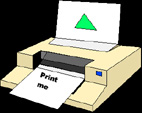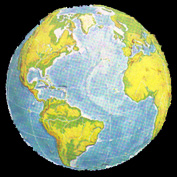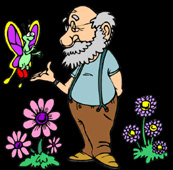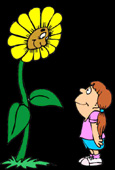 |
|
|
|
|
|
|
|
|
|
|
|
|
|
|
|
|
|
|
 |

| But what does soil do? | ||||
| Soil is extremely useful. | ||||
| Soil enables plants to grow. |
 |
|||
|
Soil supports the plant in the ground. |
 |
|||
| Soil supplies the plant with nutrients and water. These are taken in by the roots. |
 |
|||
|
Soil is home to millions of insects, termites and worms.
|
|
|||
1) Pieces of finely ground rock.
2) Humus (humus is made up of little bits of decayed leaves and tiny pieces of rotting wood, seeds and decayed plants and animals). This is rich in nutrients.
3) Water
4) Air
| THE TOP LAYER is the richest in NUTRIENTS as it contains the most HUMUS. This soil is usually dark in colour. |
| SECOND LAYER is called SUB SOIL and contains very little HUMUS. |
| SANDY SOIL | Is light and dry and because it contains large amounts of air water drains through easily. | |
| CLAY SOIL | Is very heavy and quite sticky when wet. Because it is so sticky and heavy, water does not drain though easily. | |
| GRAVELLY SOIL | Is full of tiny stones and because of this water drains away quickly | |